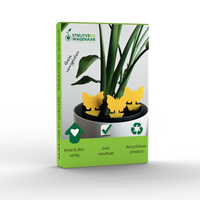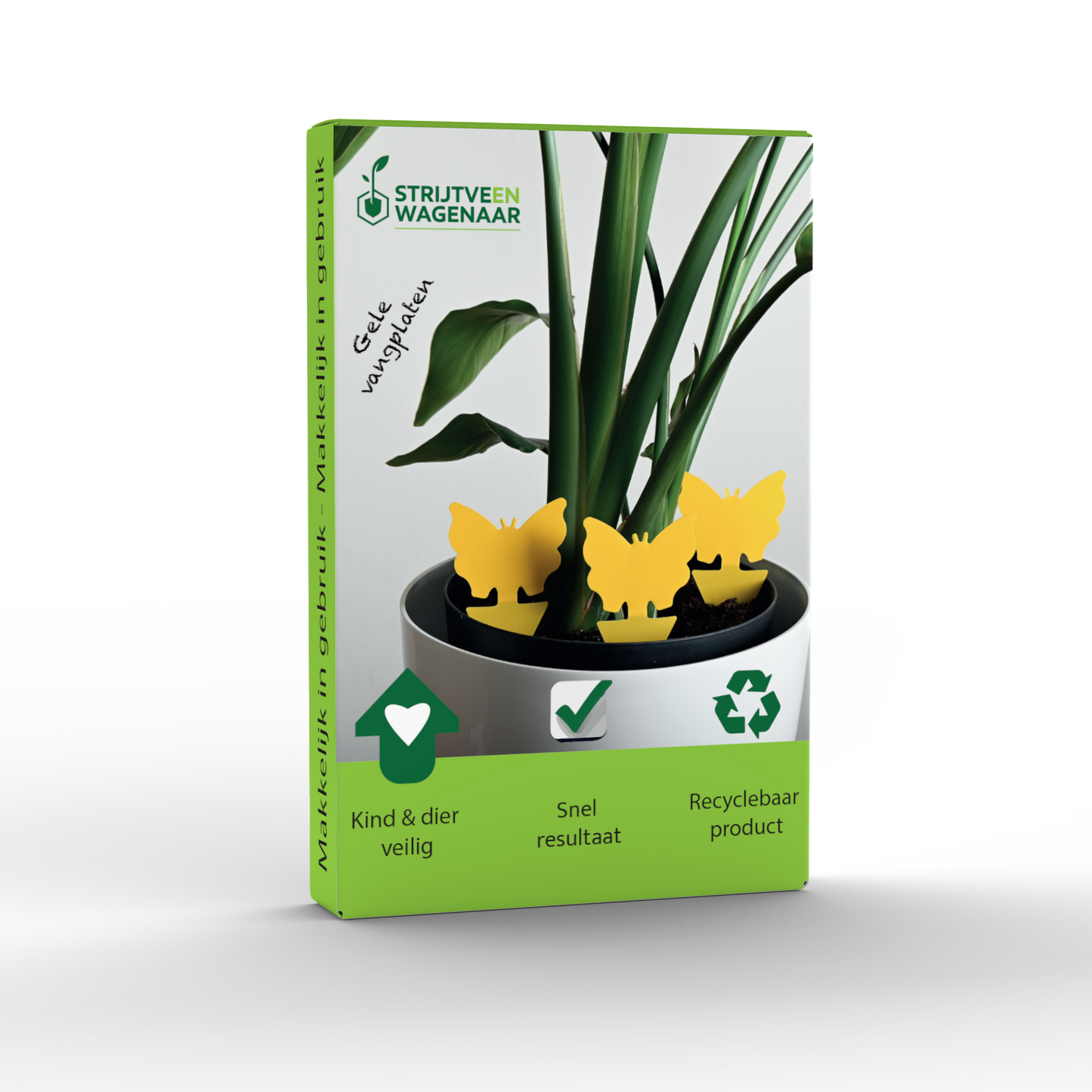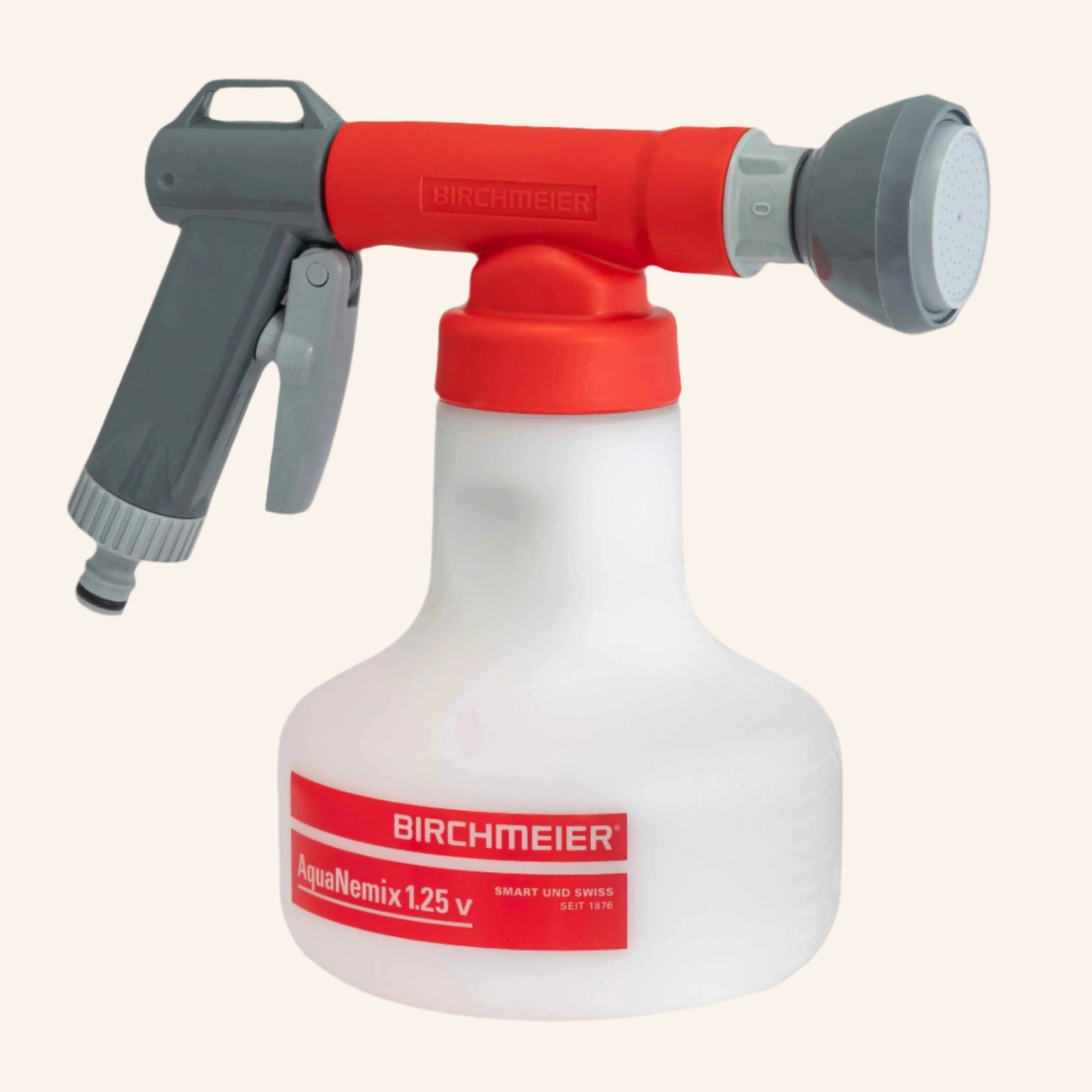
A beautiful green lawn is the pride of every gardener, but grubs can seriously disrupt that dream. These beetle larvae, such as the rose chafer and May beetle , feast on your grass roots, leading to bare patches and a weakened lawn. Fortunately, you can protect and restore your lawn with the right approach. In this blog post, you'll discover how to recognize grubs, what you can do about them, and how to keep your lawn healthy. This way, you can continue to enjoy a beautiful, green garden!
How do grub infestations occur in your garden?
Grubs love nutrient-rich, loose soil where they can burrow and feed undisturbed. They live underground, feed on roots, and can remain in the soil for years before you notice anything wrong. Often, you only see damage when the lawn turns yellow or becomes loose.
Curious how long a grub actually lives? We explain it in our blog about the lifespan of grubs .
Do you have a lawn with a lot of thatch, poorly draining soil, or little natural soil life? Then grubs feel right at home there. Especially after a hot summer or when there have been a lot of beetles around, there's a good chance they've laid eggs. Before you know it, you've got a pest under your feet.
How can you prevent grubs?
Prevention is always better than cure. By managing your garden wisely, you can significantly disrupt the grub environment. Here are a few things you can do to make your lawn less attractive to grubs.
Keep the soil healthy
Grubs thrive in weakened, compacted soil. Therefore, ensure an airy soil structure with sufficient organic matter. Regular aeration, spreading compost, and stimulating soil life will help to reduce the chances of grubs developing.
Remove the felt layer
A thick layer of thatch in the lawn provides a perfect hiding place for larvae and also hinders water and air absorption. Rake the lawn regularly or use a scarifier to remove the layer and strengthen the roots.
Avoid over-fertilization
Too much fertilizer, especially nitrogen, makes your lawn more attractive to egg-laying beetles. So fertilize sparingly and opt for slower-release organic fertilizers. This keeps your grass strong without inviting grubs.
These plants help or not
Not every plant is equally attractive to grubs. Some species have roots that larvae love to feed on. Other plants are less appealing or even deterrent. By choosing wisely, you can limit or even prevent root damage.
Plants that attract grubs
- Grass is a favorite, especially in tight lawns with little biodiversity
- Summer flowering bulbs such as dahlias have succulent roots that are loved by larvae
- Strawberry plants often attract beetles that lay eggs from which grubs hatch
Plants that keep grubs at bay
- Herbs like mint and rosemary have a strong aroma that beetles don't like
- Butterfly bushes and other fragrant shrubs are rarely eaten
- Wildflower mixtures help keep the ecosystem in balance and make the garden less attractive to grubs
Grandma knows best: combating grubs
Time for the classics. Your grandma might not have had internet access, but she did know how to prevent grubs. Here are her tried-and-true remedies.
Lime or basalt flour
Sprinkle some lime or basalt flour over your lawn to lower the soil's acidity. Grubs prefer slightly acidic soil, so this will make it less attractive to them. Be careful, though: use it sparingly, otherwise you'll disrupt soil life.
Natural compost
Grubs love bare, dead soil. By regularly adding compost, you stimulate soil life and improve its structure. This makes it harder for grubs to establish themselves and ensures healthier roots.
Chicken or duck as a garden companion
Old-fashioned chickens or runner ducks in the garden work wonders. They love to forage through the grass and pick out grubs. It's not for everyone, but it really works if you have the space.
Removing boxwood
Some beetles that cause grubs like to lay their eggs near boxwood or low hedges. By replacing these plants with less attractive varieties, you reduce the risk of an infestation. A smart move if you were already considering replanting.
Natural enemies of grubs
A healthy garden has its own balance. Grubs are prey for all sorts of animals. By making your garden attractive to their natural enemies, you're helping nature. Read our tips for increased biodiversity .
Chickens or runner ducks
Chickens and runner ducks actively root in the ground and pick out larvae like grubs. Do you have a garden with some space? Then they are ideal allies for keeping the pest under control, especially in spring or autumn.
Ground beetles
Some ground beetles and their larvae live in the soil and prey on insect larvae, including grubs. By leaving ground cover like leaves or mulch in place, you give them the opportunity to establish themselves.
Nematodes
Nematodes against grubs are microscopic creatures that you spread over your lawn with water. They seek out the grubs in the soil and eliminate them from the inside out. This method is safe, natural, and highly effective.
In short: this is what you can do against grubs
Grubs can cause significant damage to your garden, especially your lawn. Fortunately, there's a lot you can do to prevent an infestation: ensure healthy, aerated soil, remove thatch, and fertilize sparingly. Choose plants that grubs find less attractive and make room for natural predators like birds, hedgehogs, or chickens. Want to take targeted action? Nematodes are a safe and effective way to combat the larvae. This way, you keep your garden strong, green, and balanced.











